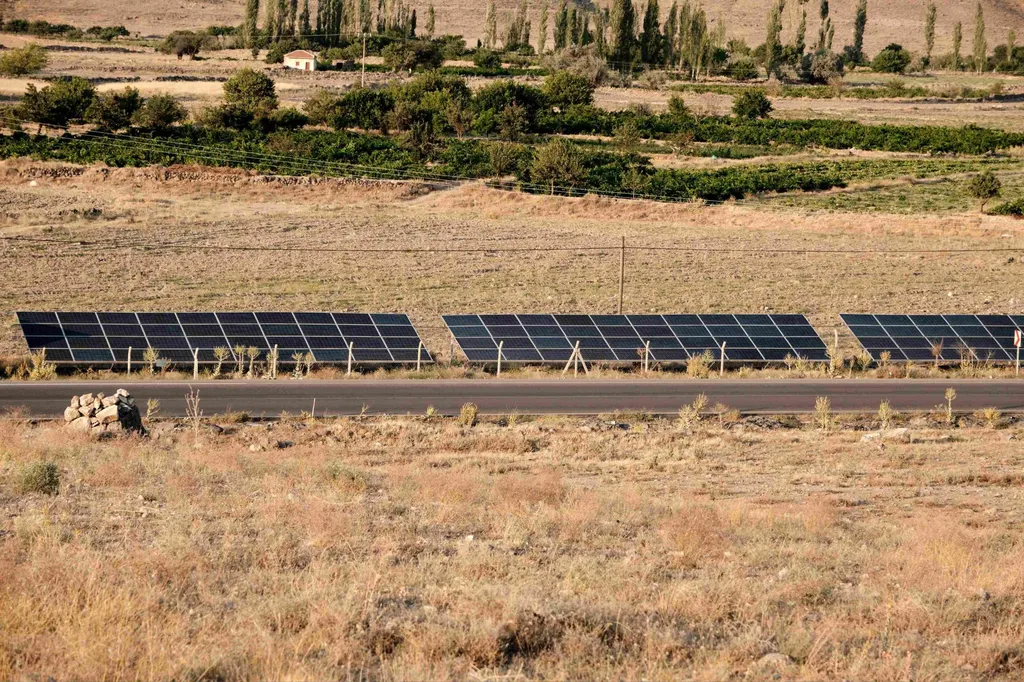In the heart of Türkiye’s northwestern region, a 7 MW photovoltaic solar farm in Bursa has been quietly contributing to the grid since 2017, and its story is now shedding light on the intersection of climate change and solar energy production. A recent study, published in *Thermal Engineering Case Studies*, delves into the performance of this solar farm, offering insights that could reshape how we understand and harness solar energy in changing climates.
Kenan Saka, the lead author of the study and a researcher at the Vocational School of Yenisehir Ibrahim Orhan, Bursa Uludag University, and his team have taken a novel approach to performance analysis. They calculated the useful radiation value—the amount of solar radiation that the panels actually convert into electricity—and compared it with the global radiation values, which measure the total solar radiation received by a surface. “By comparing these values, we aimed to demonstrate the climatic impact on the region using measurable data,” Saka explained.
The results are intriguing. The solar farm’s production data from the last five years (2020–2024) reveal that the maximum production value was achieved in the most recent production year, with an annual energy generation of 10.82 GW·h and a capacity factor of 17.6%. The study also found that the minimum global solar radiation value was 1.3 kW·h/m²·day in December, while the maximum was 6.14 kW·h/m²·day in June.
But the most compelling finding is the suggestion that winters in the region may be getting milder. The analysis shows that in January, February, April, August, October, and November of 2024, the useful radiation values utilized by the plant were higher than the global radiation values reported for the region. Since four of these six months belong to the autumn and winter seasons, it suggests that winters in the region have become warmer. Over the five-year production period, the useful radiation values for 20 winter months exceeded the global radiation values.
So, what does this mean for the energy sector? The study highlights the importance of considering climate change in the planning and operation of solar farms. As Saka puts it, “Our findings suggest that as climates change, so too will the optimal locations and capacities for solar farms. This could have significant implications for the energy sector, from investment decisions to grid management.”
Moreover, the study’s methodology—comparing useful radiation with global radiation—could become a valuable tool for performance analysis in the solar industry. By providing a more nuanced understanding of how much solar radiation is actually being converted into electricity, this approach could help optimize solar farm designs and improve their overall efficiency.
As the world continues to grapple with climate change, studies like this one will be crucial in helping the energy sector adapt and evolve. By shedding light on the complex interplay between climate and solar energy production, Saka and his team have made a significant contribution to the field, one that could shape the future of solar energy.

